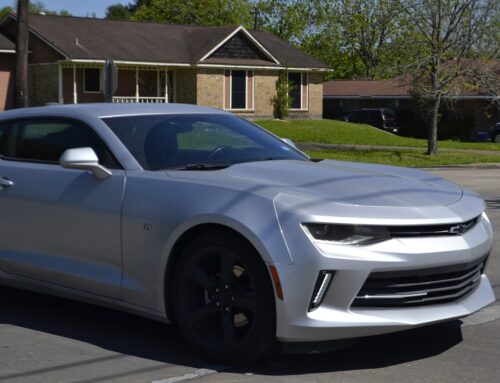Sometimes even the most practical of us can get behind in our finances. Many unexpected events can take us off track – whether a job loss, market crash or sudden illness. For those who find themselves behind on payments and financial obligations, it can seem overwhelming and scary. But there are solutions. Both bankruptcy and debt settlement can be helpful to get an individual out of debt.
If someone has more debt than they can afford to pay back, they may file for bankruptcy. Bankruptcy either discharges unsecured debts completely or establishes a three to five-year repayment plan. In contrast, debt settlement gives an individual the ability to negotiate to settle delinquent accounts or personal loans. This week we are looking more closely at debt settlement.
If an individual chooses to file bankruptcy, creditors may not see any of the money they are owed. Therefore, most creditors will be open to a debt settlement option – because even though the process may reduce the amount owed significantly, they will get a portion of their money back. Essentially, creditors are paid in one lump sum. Settlement is generally considered a safer option than working with a debt relief organization, which may result in unexpected expenses or exposure to fraudulent practices.
For a debt settlement to be successful, creditors must agree to settle your debt. If at all possible, individuals should not cease making payments before an agreement. This may open people up to collection agency calls, lawsuits, and late or penalty fees.
Debt settlement may be a good option if you owe less than $5,000 and have an experienced negotiator working on your behalf. Most people ultimately end up paying between 30% and 60% of the totality of the debt. Interest, fees and taxes are included.
It is important to note that debt settlement can affect your credit rating negatively. And although it may sound like a great alternative to bankruptcy, experts say that debt settlement has a 10% success rate.
So, is Bankruptcy Better?
As we have discussed, bankruptcy is a process that requires filing a legal petition. This petition will present evidence of an individual’s inability to repay the debts in question. Before and after the petition is filed, the petitioner also must attend a one-hour financial counseling session, and go through the legal process before approval and discharge.
Chapter 7 bankruptcy can discharge all unsecured debt, such as credit card balances, but reflects negatively on a credit report for up to ten years. Chapter 13 bankruptcy permits a three- to five-year payment plan for a portion of the debt. This bankruptcy option remains on the credit report for seven years.
While debt settlement has a 10% success rate, Chapter 7 bankruptcy offers an average success rate of about 95%, while Chapter 13 is approximately 55% successful.
Every situation is unique. Choosing the right option for your specific set of circumstances is essential, as the wrong strategy could be a costly mistake. If you are behind in your financial obligations and aren’t sure what to do, getting the assistance of an experienced bankruptcy attorney is a smart move.
Don’t delay, call the offices of Richard V. Ellis today, and let’s get you back on the road to financial health.





